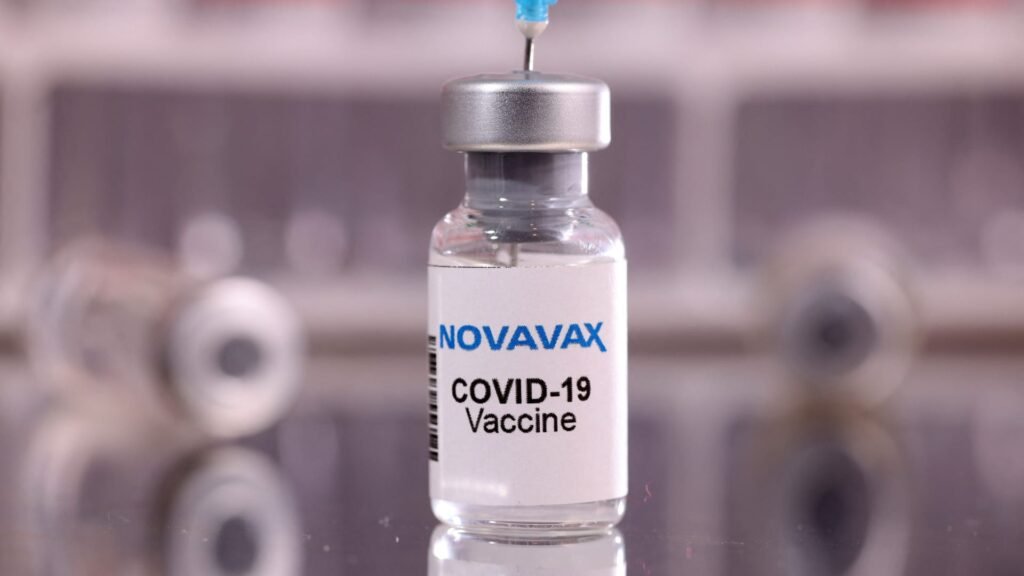This illustration, taken on Jan. 16, 2022, shows a vial labeled “Novavax V COVID-19 Vaccine.”
Dado Ruvic | Reuters
The Food and Drug Administration NovavaxIt announced its latest protein-based Covid vaccine for emergency use in people aged 12 and over on Friday, paving the way for the vaccine to compete. Pfizer and ModernaThis fall/winter jab.
Novavax’s vaccine targets the highly contagious Omicron subvariant JN.1, which began circulating widely in the U.S. earlier this year. As of this week, JN.1 accounts for just 0.2% of circulating cases nationwide, according to the latest data from the Centers for Disease Control and Prevention.
Novavax makes a protein-based vaccine that cannot be quickly updated to target different strains of the virus.
Nevertheless, biotech companies point out that their vaccines provide protection against descendants of JN.1 that are currently dominant in the U.S., including KP.2.3, KP.3, KP.3.1.1 and LB.1.
“Our improved vaccine targets JN.1, the ‘parent strain’ of the currently circulating variants, and has demonstrated strong cross-reactivity against viruses of the JN.1 lineage,” Novavax CEO John Jacobs said in a statement.
Novavax said it expects its vaccine will be “widely available” at thousands of locations across the United States, including retail stores, independent pharmacies and local grocery stores.
Novavax shares rose more than 8% on Friday following the announcement.
The FDA’s decision came just a week after it approved new messenger RNA vaccines from Pfizer and Moderna that target KP.2, another variant of JN.1. Last year, the FDA approved Novavax’s vaccine about a month after approving a competitor’s vaccine, putting the company at a disadvantage.
Public health officials see the Novavax vaccine as a valuable alternative for people who don’t want to get the mRNA vaccines from Pfizer and Moderna. Those vaccines use a new vaccine method that teaches cells how to make proteins that trigger an immune response to the coronavirus. Novavax’s vaccine, on the other hand, fights off the virus with a protein-based technology, a method that has been used for decades in routine vaccinations against hepatitis B and shingles.
It’s unclear how many people will get the COVID-19 vaccine this fall and winter.
CDC data through early May showed that only about 22.5% of U.S. adults had received the most recent vaccine doses rolled out last fall.



